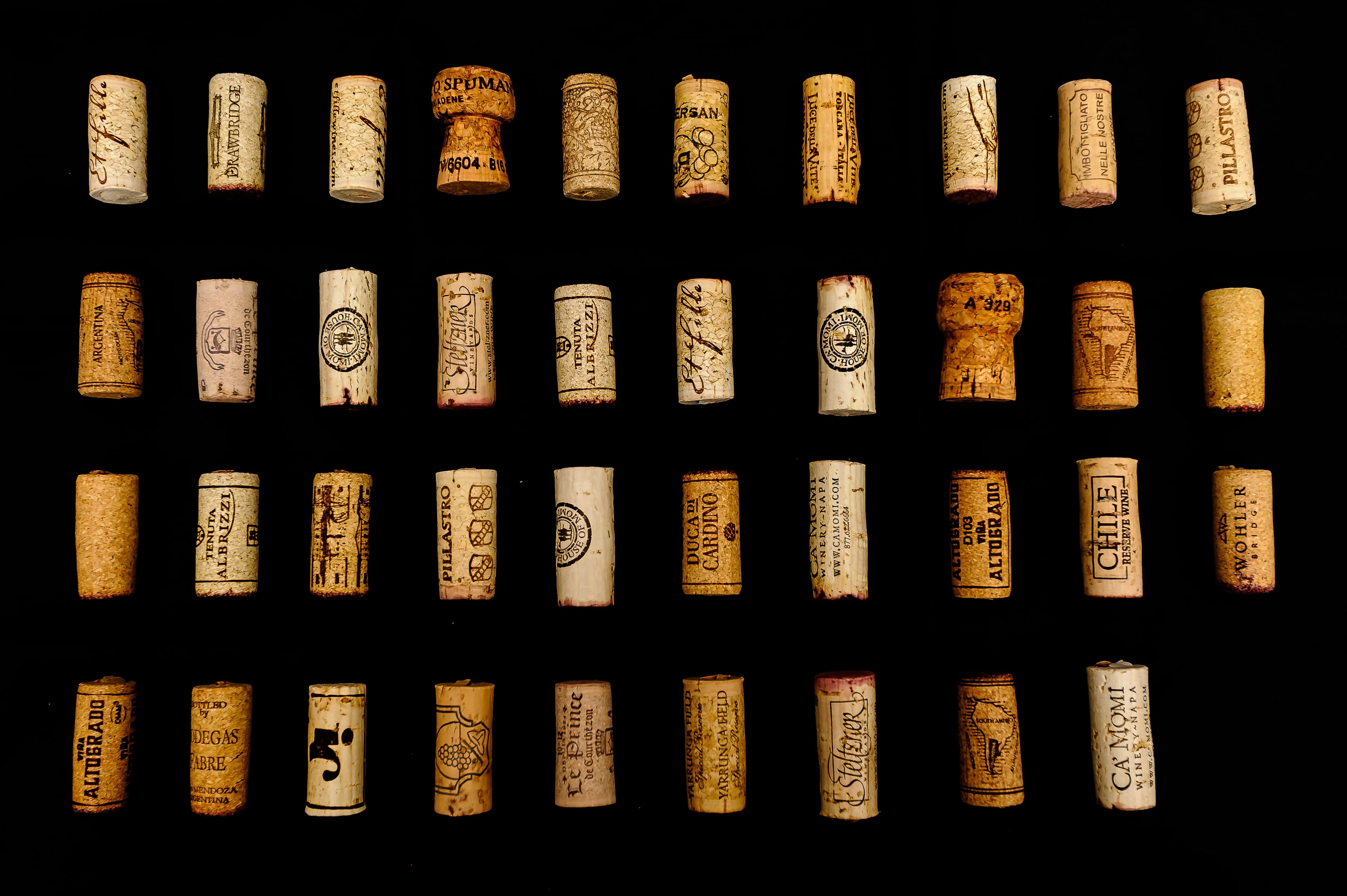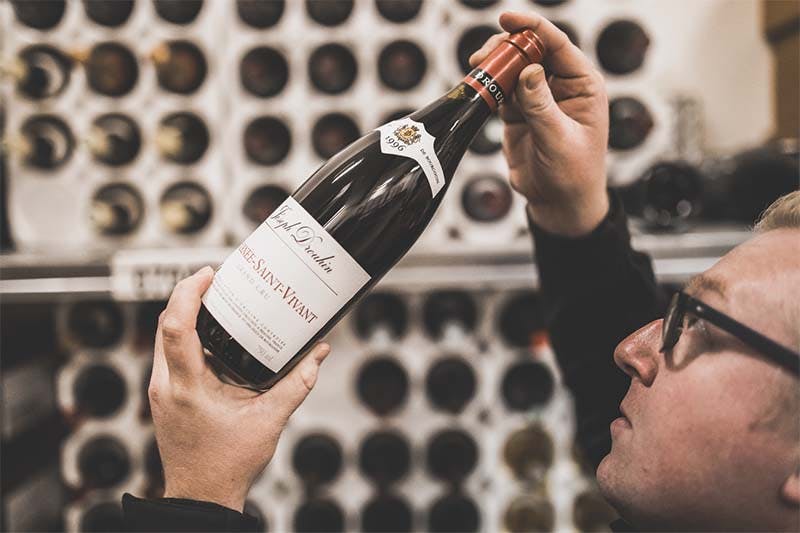How Does Climate Change Affect the Fine Wine Industry?
5 min read
Head of Content

When it comes to climate change, its impact on the fine wine market may not be the first thing that comes to our mind. Yet behind the lavish wine dinners and the bottles that cost hundreds even thousands of dollars, the foundation of the wine industry is agriculture. Grape, among all the agricultural products, is one of the crops that are most susceptible to the variation of climate. For wine lovers, fine wine collectors and investors, the influence of climate change may not immediate so far. As wine production is continuously shifted by the extreme weather, the evolvement of the final market should be destined.
Lower yield, higher price
The rise of average temperature levels is already a serious concern, forcing many regions to move the harvest date earlier and earlier every year. For instance, Burgundy had its 2020 harvest start on August 12, which was one of the earliest on record. What’s even more devastating for winegrowers, is the extreme weather events throughout the growing season of the vines, such as droughts, hailstorms, spring frost. Bordeaux was hit by a severe hailstorm in 2018. And this year in 2021, impacted by the spring frost in April, French wineries sees the smallest harvest in decades, many expect to produce only one-third of their usual production. In cooler regions like Champagne, some growers even had a loss of up to 90% of the crops.
Drought causes more wildfires. In 2020 alone, multiple wildfires destroyed hundreds and thousands of hectares of vineyards in Northern California and in Australia. Colgin Cellars, the iconic winery at Napa Valley, decided not to release the 2020 vintage after testing the wines, which were heavily influenced by the heating and the smoke residues of the wildfires.
Unfortunately, due to climate change, wine production become more and more costly. In Chablis, winegrowers had to light up candles during the spring frost to save the grapes from damage. In hotter regions, it needs extra effort to have satisfying acidity. Winemakers are expanding to higher altitude sites in which area wine growing is more difficult and costly. What’s more, for producers who adapted to organic and biodynamic practices, the cost of production is even higher in the context of climate change. With current weather patterns, maintaining the same practice means higher cost but lower yield.
The taste is changing
Yield is not the only thing being influenced by the unpredictable weather, climate change is also altering the flavor of the world’s greatest wines. The soaring temperature increases the sugar level of the grape, which turns into a higher level of alcohol. In some hotter regions, the alcohol level got bumped to 16%. Due to the early ripening, wines from cooler regions which used to be delicate, elegant and high in acidity, are getting stronger and more concentrated. The red fruits flavors are evolving to riper black fruits.
Indeed, the fine wine market during the past few decades favored the rich, intense, concentrated red wines, thanks to the renowned wine critic Robert Parker. But the Parker effect was much more influential in Bordeaux, Rhone, and Napa Valley. The fluctuated taste of wines in cooler regions, which has become trendy in recent years, may lead to uncertainties in the market.
The shift in wine map
In many wine regions, winegrowers are finding solutions to combat the rising of temperature and the disruption in weather patterns. Scientists found the heat-loving Grenache and Mourvèdre may thrive in Burgundy. But switching grape varieties is not simply a matter of agriculture, the cultural, legal financial, and technical issues are more significant. Bordeaux, for example, is looking to plant grape varietals like Alvarinho, Maselan, and Touriga Nacional that are more tolerant for heat and drought and maintain high levels of acidity. Merlot, on the other hand, is facing serious struggles due to its early ripening nature. What if, in the future, Merlot is no longer a part of the greatest wines from Bordeaux?
In addition, climate change results in the geographical movement of the wine-growing area. While most regions suffer from the consequences of extreme weather, regions like England, British Columbia of Canada, and Poland benefit from the rising of average temperature, becoming suitable for growing grapes. In 2015, Champagne Taittinger expanded to England and made the first harvest in 2019. However, most prestigious regions are struggling to maintain the quality of the wines. As the average temperature rise, the borderlines of the wine map are moving. Some prestigious wine regions may be too hot to produce premium wines in the future.
With the decline in production, the scarcity become more prominent for the prestigious labels. According to a report recently released by Liv-ex, the UK-based fine wine trading platform, the number of wines traded has increased by 10.5% in 2021 compared with the previous year, and even seven times higher than that in 2011, making 2021 the most successful year for the secondary fine wine market. The boom of the fine wine market and the global trend of premiumization make the sought-after wines even more in demand. The price of the most wanted Burgundy labels, such as Romanée-Conti, Armand Rousseau and Domaine Leflaive, have reached their all-time highs.
On the other hand, the quality of wines is hard to maintain. The increased cost in production will reflect in the price of the bottles. With the shift of new wine regions, new grape varieties, new styles of wine, the fine wine market is facing more uncertainties in the future.
Share this article











